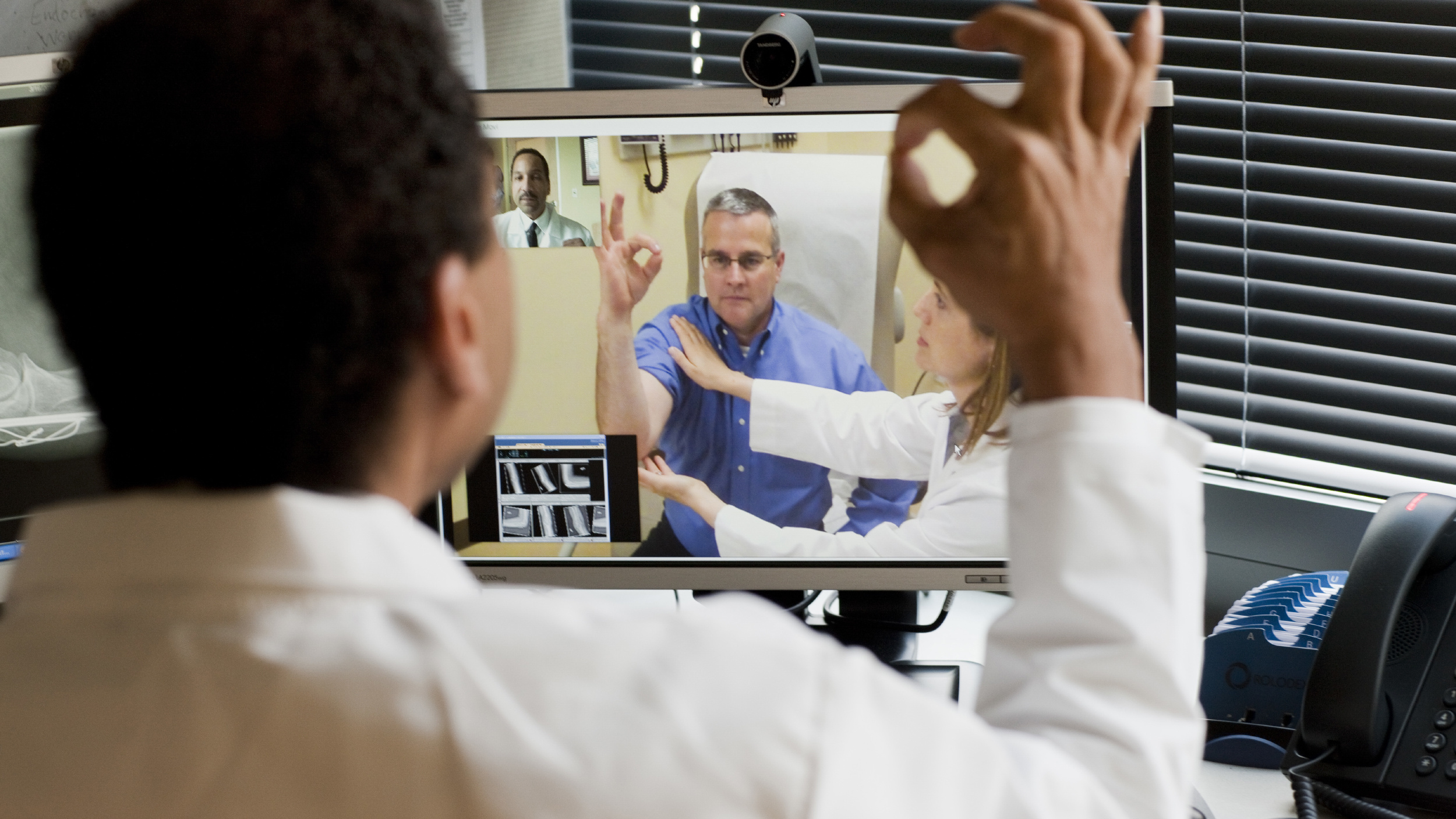The Virtual Doctor is Here to See You Now

It’s becoming increasingly popular to consult with an online physician rather than a real-world physician. The latest example is Rite-Aid’s creation of a virtual clinic inside of a retail pharmacy setting, enabling shoppers to get real-time advice from doctors and nurses via an Internet-connected kiosk. As these TeleHealth initiatives continue to gain traction across the nation, they have the ability to challenge what many of us hold as the very core of the classic healthcare experience: the in-person doctor’s visit. Ten years from now, will it seem quaint that any of us would prefer a costly face-to-face consultation rather than a quick chat with a virtual doctor located somewhere in the medical cloud?
Rite-Aid’s initiative, the first of its kind in Michigan, is set to roll out nationwide as part of a broader TeleHealth Revolution. The pharmacy chain’s strategic move, in many ways, is a natural progression in the use of the Internet to create a more retail-oriented healthcare experience. In the same way that the banking sector eventually weaned us off real-life bank tellers in favor of 24-hour ATMs and retail-like bank branches, the healhcare sector is set to transform itself in the same way. The Rite-Aid virtual NowClinic builds on the momentum of initiatives that offer virtual physician visits. There are now four states that offers virtual physician visits – and even a new company, RingADoc, which offers doctor telephone consultations, that has rolled out to 18 states. For the large pharmacy chains, these virtual doctor clinics could become a point of competitive differentiation. It’s a way to wrap everything into a total healthcare experience – from receiving advice to filling prescriptions.
Technology is helping to address the primary weaknesses of what is now a bloated healthcare system – the Byzantine system of insurance providers, the difficulty of getting a doctor’s visit when you want it, and the ever-increasing co-pays for a quick visit to a real-world doctor. Rite-Aid’s current pricing — $45 for a 10-minute consultation with a virtual doctor — may seem costly, but not so much when you consider that tens of millions of Americans are currently without healthcare insurance. When the monthly cost of getting insured may run up to $1,000 or even higher for individuals and families, knowing that you can always pay $45 for doctor’s advice surely provides some peace-of-mind. Or, imagine that you wake up in the middle of the night with a sick child — wouldn’t it be convenient to roll down to the nearest 24-hour Rite-Aid and start chatting face-to-face with a trusted nurse or doctor over the Internet?
The good news is that there appears to be no drop-off in quality when providers shift to virtual care. Most studies show that virtual TeleHealth visits are just as effective as in-person doctor visits. One study even showed that the amount of communication between doctors and patients increased during these virtual visits. What’s more, Rite-Aid is making its virtual doctor kiosks easy to integrate with traditional health care. A customer record is automatically generated at the end of each chat and can be digitally shipped to the individual’s primary care physician for additional follow-up.
Innovations in one sector have a way of spilling over into other sectors. We’re finally starting to see the impact of VoIP technology and other Internet innovations on what is, by any standard, a cost-ineffective healthcare delivery system. If virtual doctor kiosks in pharmacies can make healthcare cheaper and faster, without sacrificing any quality, it’s hard to see how this TeleHealth trend won’t accelerate. The next time you are at a pharmacy, picking up shampoo in Aisle 2 and a box of cereal in Aisle 8, wouldn’t it be convenient to get an opinion from a virtual doctor about that lower back pain you’ve been having lately?





